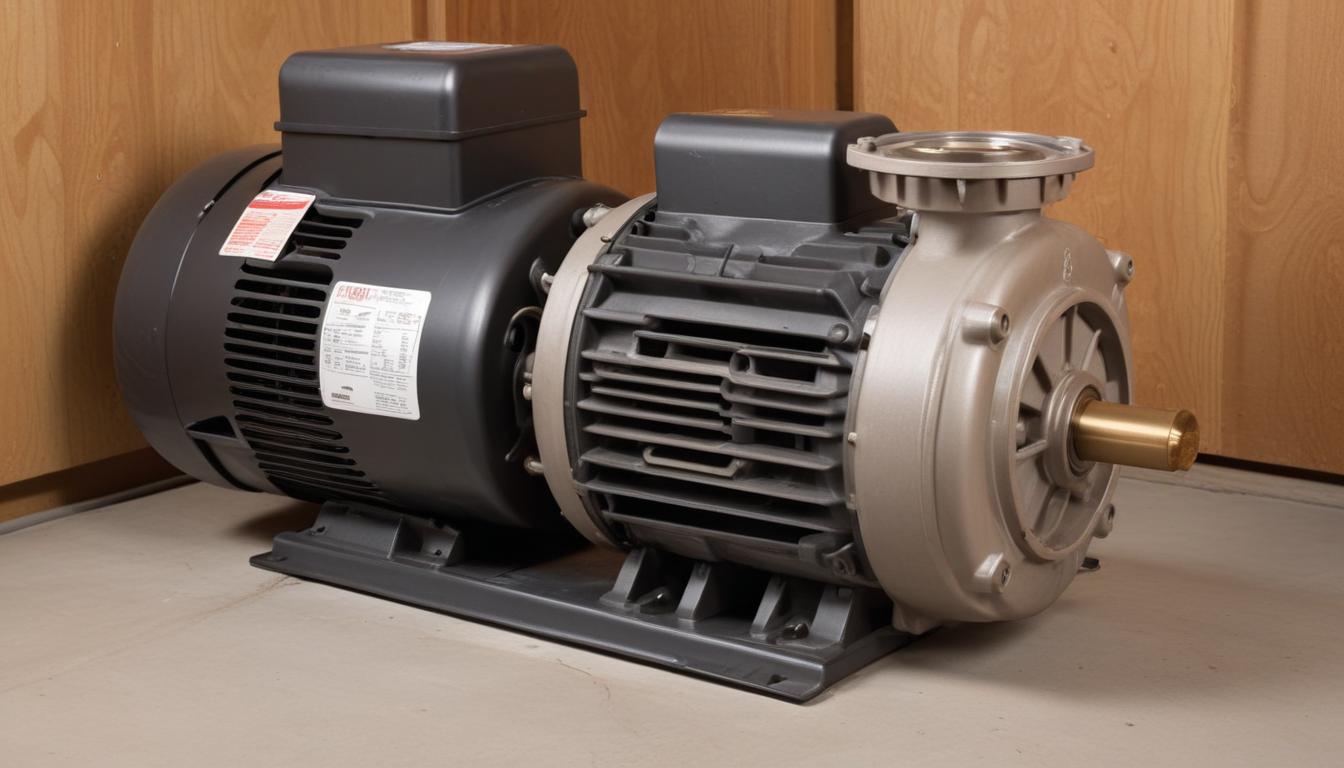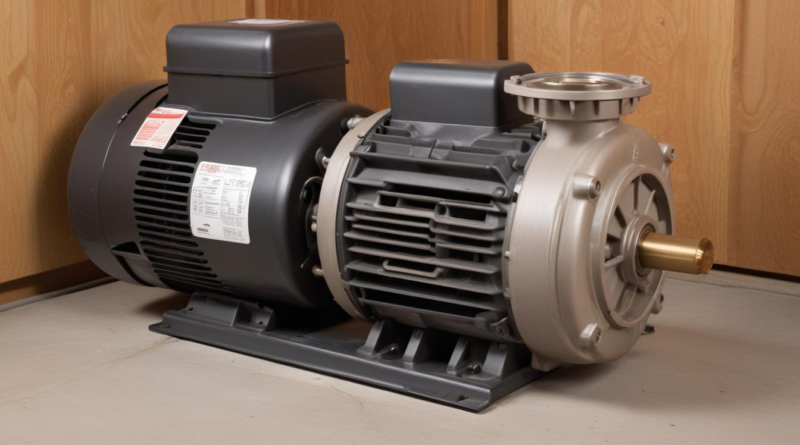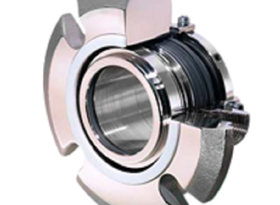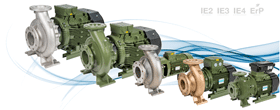how to troubleshoot pump motor overheating
Detecting pump motor overheating early is essential to prevent equipment failure and ensure operational efficiency. Common symptoms indicating potential overheating issues include:
- Excessive Heat Emission: Unusual warmth or burning sensations along the motor housing during operation.
- Increased Noise Levels: Higher than normal operational sounds, such as humming or grinding noises, which may signal strain.
- Insufficient Performance: Reduced pumping capacity or intermittent operation due to thermal shutdowns.
- Discoloration or Burn Marks: Visible signs of overheating on wiring, insulation, or motor components.
- Tripped Circuit Breakers: Frequent electrical trips caused by overheating-induced electrical issues.
Monitoring these symptoms can aid in the effective troubleshooting of pump motor overheating and facilitate the implementation of appropriate solutions promptly.
checking power supply
Ensuring a stable and appropriate power supply is critical in preventing pump motor overheating. Fluctuations or inadequacies in power can lead to excessive current draw, causing the motor to overheat and potentially fail. Follow these steps to effectively assess and address power supply issues:
1. Verify Voltage Levels:
– Use a multimeter to measure the voltage at the motor terminals.
– Compare the readings with the motor’s rated voltage specified in the manufacturer’s documentation.
– Ensure that the voltage remains within the acceptable range during operation.
2. Check for Voltage Fluctuations:
– Monitor the power supply over a period to detect any irregularities or spikes.
– Identify patterns that may indicate unstable power, such as frequent drops or surges.
3. Assess Current Supply:
– Measure the current drawn by the motor using a clamp meter.
– Confirm that the current does not exceed the motor’s rated amperage.
– Excessive current can indicate electrical stress leading to overheating.
4. Inspect Electrical Connections:
– Examine all wiring and connections for signs of wear, corrosion, or loose terminals.
– Secure any loose connections and replace damaged wires to ensure optimal conductivity.
5. Evaluate Power Quality:
– Consider using a power quality analyzer to assess factors such as harmonics, power factor, and frequency.
– Poor power quality can adversely affect motor performance and contribute to overheating.
6. Ensure Proper Grounding:
– Verify that the motor and associated electrical systems are correctly grounded.
– Proper grounding helps in mitigating electrical faults that could lead to overheating.
| Step | Action | Purpose |
|---|---|---|
| 1 | Measure voltage at motor terminals | Ensure operating voltage matches specifications |
| 2 | Monitor for voltage fluctuations | Detect unstable power supply conditions |
| 3 | Measure current draw | Identify excessive electrical load |
| 4 | Inspect wiring and connections | Maintain reliable electrical pathways |
| 5 | Analyze power quality | Assess overall power health impacting motor |
| 6 | Verify proper grounding | Prevent electrical faults and ensure safety |
- Consistent Voltage Supply: Maintaining a stable voltage prevents the motor from experiencing undue stress that can lead to overheating.
- Stable Current Draw: Ensuring that the motor operates within its rated current limits helps avoid excessive heat generation.
- Reliable Connections: Secure and intact electrical connections minimize resistance and heat buildup.
Addressing power supply issues is a fundamental aspect of troubleshooting pump motor overheating. By systematically evaluating and correcting power-related factors, you can implement effective solutions that enhance motor longevity and operational reliability.
inspecting motor bearings
Motor bearings play a crucial role in maintaining the smooth and efficient operation of a pump motor. When bearings are compromised, they can significantly contribute to pump motor overheating by increasing friction and generating excess heat. Proper inspection and maintenance of motor bearings are essential components in the overall troubleshooting process. Follow the steps below to effectively inspect motor bearings:
1. Visual Inspection:
– Examine the motor housing for any signs of wear, discoloration, or leakage around the bearing areas.
– Look for rust or corrosion, which can indicate moisture ingress or lack of lubrication.
2. Listen for Unusual Noises:
– Operate the motor and attentively listen for grinding, squealing, or knocking sounds.
– Abnormal noises often signify bearing damage or misalignment.
3. Check for Excessive Vibration:
– Use a vibration analyzer to measure motor vibrations.
– Elevated vibration levels can be a symptom of bearing imbalance or deterioration.
4. Measure Bearing Temperature:
– Utilize an infrared thermometer to monitor the temperature of the bearings during operation.
– Consistent overheating of bearings suggests inadequate lubrication or bearing failure.
5. Assess Lubrication Levels:
– Verify that bearings are properly lubricated according to the manufacturer’s specifications.
– Over-lubrication can be as detrimental as under-lubrication, leading to overheating and reduced bearing life.
6. Inspect Shaft Alignment:
– Ensure that the motor shaft is correctly aligned with the pump to prevent undue stress on the bearings.
– Misalignment can cause uneven bearing wear and excessive heat generation.
| Inspection Step | Action | Purpose |
|---|---|---|
| 1 | Visual inspection for wear and corrosion | Identify physical damage and lubrication issues |
| 2 | Listen for grinding or squealing noises | Detect internal bearing damage or misalignment |
| 3 | Measure vibration levels | Assess bearing balance and condition |
| 4 | Monitor bearing temperature | Identify overheating caused by bearing problems |
| 5 | Check lubrication levels | Ensure proper bearing function and prevent overheating |
| 6 | Verify shaft alignment | Prevent excessive bearing stress and heat buildup |
- Timely Replacement: Replace worn or damaged bearings promptly to prevent further motor overheating and potential failure.
- Regular Maintenance: Implement a routine maintenance schedule to inspect and lubricate bearings, ensuring their longevity and optimal performance.
- Alignment Checks: Periodically verify shaft alignment to maintain balanced operation and minimize bearing stress.
Addressing issues related to motor bearings is integral to effective troubleshooting of pump motor overheating. By meticulously inspecting and maintaining bearings, you can implement solutions that enhance motor reliability and prevent costly downtime.
verifying ventilation and cooling
 Effective ventilation and cooling are pivotal in mitigating pump motor overheating. Insufficient cooling can lead to elevated motor temperatures, reducing efficiency and shortening the motor’s lifespan. The following steps outline a comprehensive approach to assess and enhance ventilation and cooling systems:
Effective ventilation and cooling are pivotal in mitigating pump motor overheating. Insufficient cooling can lead to elevated motor temperatures, reducing efficiency and shortening the motor’s lifespan. The following steps outline a comprehensive approach to assess and enhance ventilation and cooling systems:
1. Inspect Cooling Fans:
– Check Fan Operation: Ensure that all cooling fans are functioning correctly without obstructions.
– Clean Fan Blades: Remove dust and debris from fan blades to maintain optimal airflow.
– Verify Fan Alignment: Confirm that fans are properly aligned and securely mounted to prevent vibrations and inefficiency.
2. Clean Air Filters:
– Remove and Inspect Filters: Take out air filters and examine them for dirt accumulation and blockages.
– Replace or Clean Filters: Depending on the filter type, either wash reusable filters or replace disposable ones to ensure unobstructed airflow.
3. Ensure Proper Airflow:
– Clear Surrounding Area: Maintain a clear space around the motor to facilitate unrestricted air movement.
– Organize Cables and Components: Arrange cables and other components to avoid blocking ventilation paths.
4. Check Ambient Temperature:
– Measure Environmental Temperature: Use a thermometer to assess the ambient temperature around the pump motor.
– Control Room Climate: Implement climate control measures, such as air conditioning or ventilation systems, to maintain a suitable operating environment.
5. Examine Ventilation Paths:
– Inspect Vents and Ducts: Ensure that all ventilation openings and ducts are free from obstructions and damage.
– Seal Leaks: Repair any leaks in ventilation paths to prevent loss of cooling efficiency.
6. Verify Cooling System Operation:
– Assess Liquid Cooling Systems: For motors equipped with liquid cooling, check coolant levels and inspect for leaks or blockages.
– Monitor Cooling System Components: Ensure that pumps, valves, and heat exchangers within the cooling system are operating effectively.
| Step | Action | Purpose |
|---|---|---|
| 1 | Inspect and clean cooling fans | Maintain optimal airflow and prevent fan-related inefficiencies |
| 2 | Clean or replace air filters | Ensure unobstructed air intake for effective cooling |
| 3 | Clear surrounding area of obstructions | Promote unrestricted airflow around the motor |
| 4 | Measure and control ambient temperature | Maintain an environment conducive to optimal motor operation |
| 5 | Inspect ventilation paths for blockages | Ensure efficient ventilation system performance |
| 6 | Check liquid cooling system components | Verify the effectiveness of liquid-based cooling methods |
- Enhanced Airflow: Proper airflow ensures that heat generated by the motor is effectively dissipated, preventing temperature buildup.
- Clean Components: Regular cleaning of fans and filters eliminates dust and debris that can impede cooling efficiency.
- Environmental Control: Managing the ambient temperature around the motor supports sustained cooling performance.
Addressing ventilation and cooling is a critical aspect of troubleshooting pump motor overheating. By systematically evaluating and optimizing cooling mechanisms, you can implement solutions that enhance motor performance and extend its operational lifespan.
evaluating electrical components
Inspecting and addressing issues with electrical components is vital in the effective troubleshooting of pump motor overheating. Faulty or degraded electrical parts can lead to irregular power distribution, excessive current draw, and ultimately, overheating of the motor. The following steps provide a comprehensive approach to evaluate and rectify electrical component-related issues:
1. Examine Wiring and Insulation:
– Visual Inspection: Look for signs of wear, cracking, or melting on all wiring and insulation around the motor and control panels.
– Integrity Testing: Use a multimeter to check for continuity and ensure there are no short circuits or open connections.
– Replace Damaged Wires: Any compromised wiring should be promptly replaced to maintain safe and efficient electrical pathways.
2. Test Capacitors:
– Capacitance Measurement: Utilize a capacitor tester to measure the capacitance values of start and run capacitors against manufacturer specifications.
– Visual Assessment: Inspect capacitors for bulging, leakage, or any physical damage that could impair their functionality.
– Replacement if Necessary: Faulty capacitors should be replaced to ensure proper motor starting and running performance.
3. Check Circuit Breakers and Overload Relays:
– Operation Verification: Ensure that circuit breakers and overload relays are functioning correctly without frequent tripping or failure to trip under overload conditions.
– Thermal Imaging: Use a thermal camera to detect hotspots around breakers and relays that may indicate internal faults.
– Upgrade Components: Replace outdated or malfunctioning protective devices to enhance motor protection and prevent overheating.
4. Inspect Contactors and Relays:
– Physical Inspection: Examine contactors and relays for signs of pitting, burning, or mechanical wear.
– Operational Testing: Activate relays and contactors manually to verify their responsiveness and reliability.
– Clean or Replace: Clean any oxidized contacts and replace components that show signs of significant degradation.
5. Measure Windings Resistance:
– Resistance Testing: Use an ohmmeter to measure the resistance of the motor windings, ensuring they are within the specified range.
– Compare Readings: Significant deviations from expected resistance values can indicate shorted or open windings.
– Address Winding Issues: Motors with faulty windings may require rewinding or replacement to prevent further overheating.
6. Assess for Electrical Arcing and Burning:
– Visual Signs: Look for scorched areas, soot, or other indicators of electrical arcing around connectors and terminals.
– Smell Detection: A burning odor near electrical components can signify overheating due to poor connections or arcing.
– Immediate Action: Address any arcing or burning issues promptly to avoid severe motor damage and potential fire hazards.
| Step | Action | Purpose |
|---|---|---|
| 1 | Inspect wiring and insulation | Identify and rectify damaged electrical pathways |
| 2 | Test capacitors for proper function | Ensure effective motor starting and operation |
| 3 | Verify circuit breakers and overload relays | Protect motor from electrical overloads |
| 4 | Inspect contactors and relays | Maintain reliable switching and control operations |
| 5 | Measure windings resistance | Detect internal motor winding issues |
| 6 | Check for signs of electrical arcing | Prevent severe motor damage and safety hazards |
- Reliable Electrical Connections: Secure and intact connections minimize resistance and prevent overheating caused by poor conductivity.
- Proper Capacitor Function: Functional capacitors ensure the motor starts correctly and operates efficiently, reducing the risk of overheating.
- Effective Protective Devices: Well-maintained circuit breakers and relays safeguard the motor from electrical anomalies that can lead to overheating.
By meticulously evaluating and maintaining electrical components, you can implement effective solutions that mitigate the risk of pump motor overheating. Ensuring the integrity and functionality of electrical parts not only enhances motor performance but also extends its operational lifespan, thereby reducing the likelihood of unexpected downtime and costly repairs.




